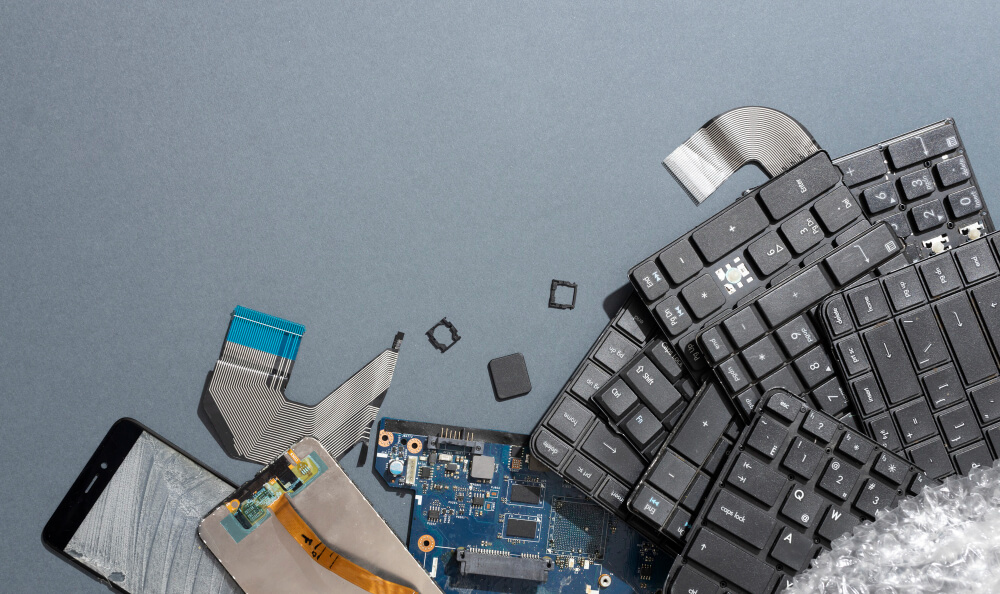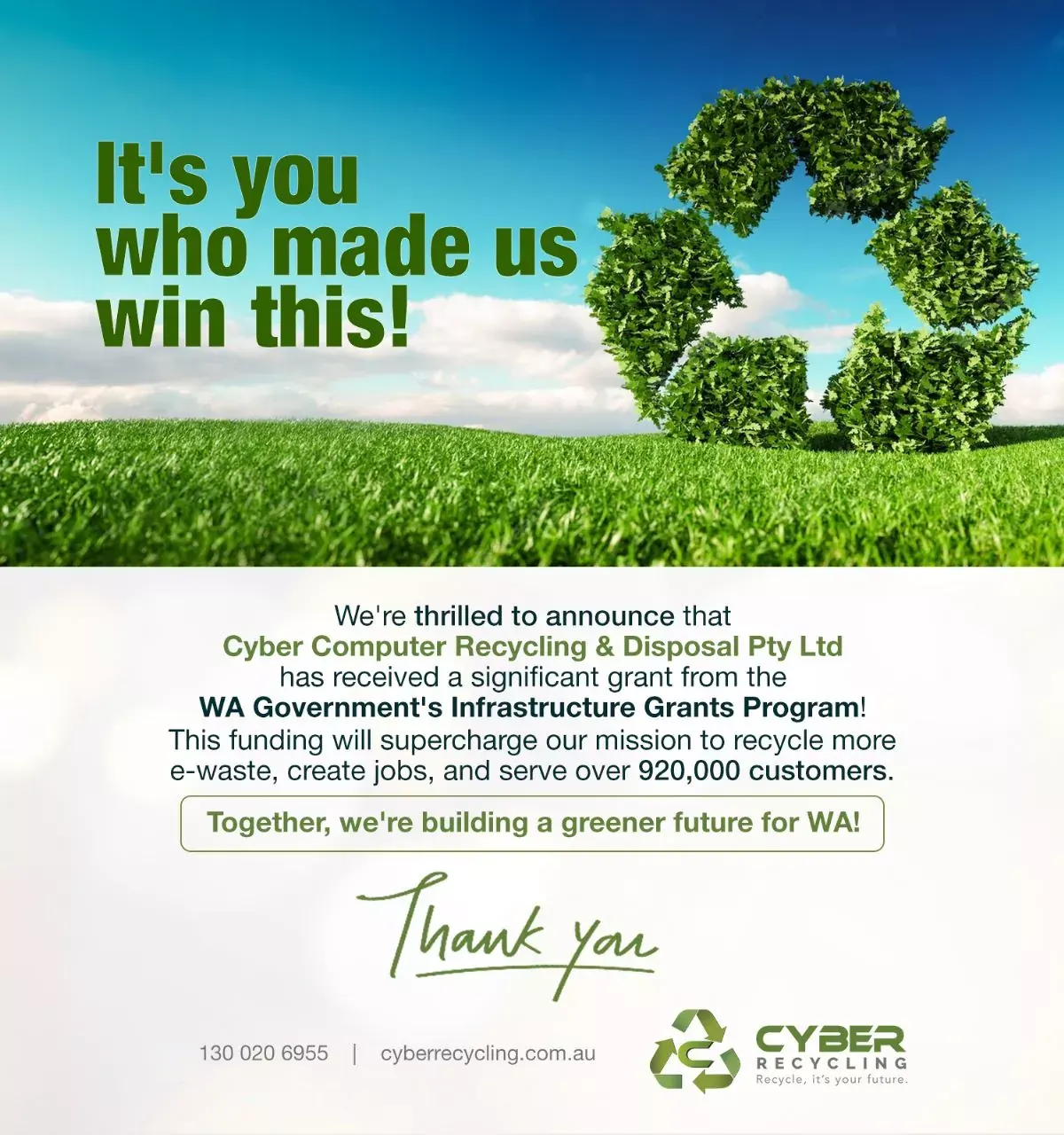Electronic waste, or e-waste, is one of Australia’s fastest-growing waste problems. With new gadgets and appliances entering our homes every year, it’s important to know how to recycle old electronics safely. Below is a simple guide to help you understand what e-waste is, why it matters, and how you can recycle it properly.
What Counts as Household E-Waste?
E-waste includes any electrical or electronic device you no longer use or that no longer works. Common examples are:
- Computers, laptops, and tablets
- Mobile phones, chargers, and accessories
- Printers, keyboards, and cables
- Televisions and remotes
- Small appliances like toasters, hair dryers, kettles, and coffee machines
- All types of batteries
In Australia, e-waste should never be thrown in general rubbish bins because it contains hazardous materials that can harm the environment.
Why Is Proper E-Waste Recycling Important in Australia?
Recycling e-waste has several benefits:
- It recovers valuable materials like copper, aluminium, gold, and rare earth metals.
- It reduces the need for mining and lowers greenhouse gas emissions.
- It prevents toxic substances such as lead and mercury from polluting soil and water.
- It supports Australia’s sustainability goals and protects public health.
By recycling correctly, you help create a cleaner and safer environment.
How to Recycle E-Waste at Home
Australian households have many easy options for e-waste recycling:
When handling e-waste at home, Cyber Recycling makes it simple. Just set aside your old electronics, and they take care of the rest. Their expert team handles secure removal, data sanitisation, and environmentally responsible disposal. Plus, they issue certificates to prove your devices were processed safely and in compliance with Australian standards.
This means you don’t need to worry about complicated drop-offs or data security. Cyber Recycling’s certified services cover everything from collection to recycling, making responsible disposal easy and trustworthy.
Preparing Your E-Waste for Recycling
Before dropping off or handing over your devices:
- Remove personal data from laptops, computers, and phones (factory reset).
- If you’re worried about data security, Cyber Recycling provides secure data destruction with certificates.
- Remove batteries from devices when possible, as they require special recycling.
What Happens to Your E-Waste?
At Cyber Recycling and other trusted facilities, your e-waste goes through:
- Sorting
- Dismantling
- Shredding
- Material recovery – metals, plastics, and glass are extracted
- Safe disposal of hazardous components
Recovered materials re-enter manufacturing, supporting Australia’s circular economy.
Why Choose Cyber Recycling?
Choosing a certified recycler like Cyber Recycling ensures:
- Proper handling of hazardous components
- Strict data security standards
- Environmentally responsible recycling
- Full transparency and documentation
Cyber Recycling follows Australian standards and industry best practices to ensure all e-waste is processed safely.
Final Thoughts
Recycling e-waste is simple and essential for every Australian household. By choosing trusted options—whether drop-off centres, take-back programs, or certified services like Cyber Recycling—you can help protect the environment, recover valuable materials, and keep harmful waste out of landfill.
Start today by checking your nearest options and preparing your devices for safe recycling. Together with Cyber Recycling, Australians can turn e-waste into a positive step toward sustainability


